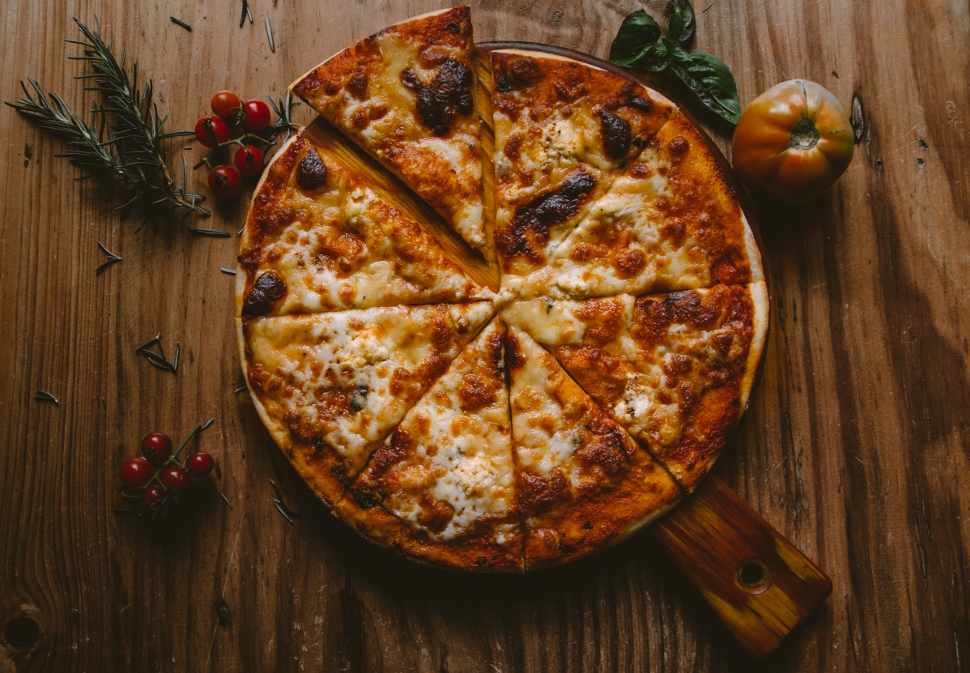
Domino’s Pizza hasn’t been faring well in the trenches of late.
In Tuesday morning’s analyst call CEO Ritch Allison downgraded the outlook on sales growth from 8 to 12 percent down to 7 to 10 percent, citing pressure from third-party delivery apps like GrubHub and UberEats that now make possible the delivery of everything from pizza to tacos to burgers.
Competitors that have been using these apps snare customers through free delivery and other incentives. Allison believes that commoditizing delivery like this, which eats into already thin margins, is unsustainable and that, as he told CNBC, “there’s a significant shakeout coming to the industry.”
In the same investor call, Allison unveiled a new strategy for Domino’s, a business that originally built itself on the promise of 30-minute delivery.
Domino’s won’t be focusing on delivery anymore. Instead, they’re switching their focus to where 45 percent of their sales come from, carryout orders, which are more profitable since they don’t require paying a driver.
To support this, Allison said they will be boosting the number of physical Domino’s stores and will undergo renovation to many of its existing stores. The focus on carryout means more opportunity to steal market share as the overall carryout market is bigger than delivery (2.5 times bigger according to analyst Matthew DiFrisco).
Here’s why this is such an intriguing strategy.
Credit to Domino’s for looking at what it’s known for (fast delivery) and being willing to blow it up a bit. While Papa John’s and Pizza Hut are playing in the digital space by luring customers with apps and neutralizing delivery as an advantage, Domino’s is returning to something they can better control, their physical store environments, in both quantity and quality. In so doing, they’re fishing in a bigger pond, given that carryout is a larger, more profitable pie and they’re going after a larger slice of it.
But still, the convenience of door to door delivery is undeniable, so the strategy is not without its challenges.
Pizza Hut and Papa John’s are nimble competitors and will likely continue to find ways to add more value for the consumer to the delivery process. And the strategy of going back to the in-store experience and investing to increase physical points of distribution (new store openings) is a strategy as old as time, so will it lack sexiness to franchisees?
Again, I think the retrench to the store is interesting because of who it’s coming from, the chain that popularized the idea of having pizza delivered to your home.
There’s an important lesson here for entrepreneurs or anyone in business. When things aren’t going well, there can be no sacred cows. You have to understand the market dynamics, your strengths, what’s working for you, and where the most potential lies and not be afraid to pivot. It might mean going back to something you know that works. It might be something that flies in the face of what you’ve been doing. But stasis won’t help.
Only time will tell if Allison’s move proves to be a leg up on the competition. But for certain, Domino’s is looking for carryout to carry the day for them with Wall Street, franchisees, and just about everyone else.




Leave a Reply